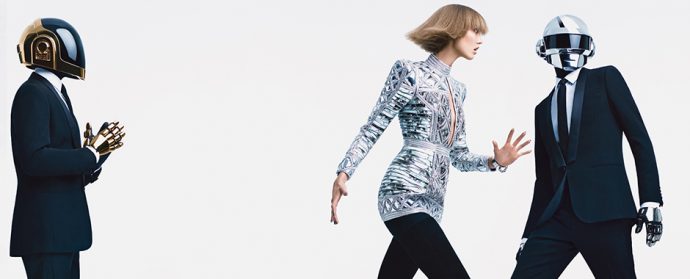On October 4, 2018, Honda demonstrated its “smart intersection” technology in Marysville Ohio, that is supposed to create a more efficient and safe experience, not only for the people driving the cars but for the community as a whole. Through the “smart intersection” technology’s use of vehicle-to-everything (V2X) communication, it is supposed to prevent traffic collisions at roadway intersections and move traffic more thoroughly. The pilot is one of the first attempts to implement the V2X technology in a real-world setting (Markets Insider, 2018)
Honda’s “smart intersection” technology will allow cars to virtually see through and beyond walls and buildings in each and every weather situation. As such, it aims to assist car drivers to be attentive to and prepared for otherwise hidden hazards. The technology functions through four cameras attached on traffic lights at each intersection corner. These cameras will detect vehicles and other moving objects, such as pedestrian traffic, and communicate their existence to the car driver through both visible and audible alerts. Accordingly, the technology enables the driver to take corrective action when required and as such reduce the number of intersection collisions (PR Newswire, 2018).
Driver-assistive safety technologies, such as Honda’s “smart intersection”, can create significant value in terms of reducing the quantity as well as the severity of collisions. Moreover, the technology offers great potential in preparing infrastructure and its users for the autonomous vehicles of the future. For now, the technology’s deployment is merely a pilot, however, Honda intends to launch its technology in 2020 (Markets Insider, 2018).
The question remains: Will Honda’s vision for a zero-collision society become reality any time soon?
References
Markets Insider. (2018). Honda Demonstrates New “Smart Intersection” Technology that Enables Vehicles to Virtually See Through and Around Buildings. Retrieved from https://markets.businessinsider.com/news/stocks/honda-demonstrates-new-smart-intersection-technology-that-enables-vehicles-to-virtually-see-through-and-around-buildings-1027592077
PR Newswire. (2018). Honda Demonstrates New “Smart Intersection” Technology that Enables Vehicles to Virtually See Through and Around Buildings. Retrieved from https://www.prnewswire.com/news-releases/honda-demonstrates-new-smart-intersection-technology-that-enables-vehicles-to-virtually-see-through-and-around-buildings-300724898.html


